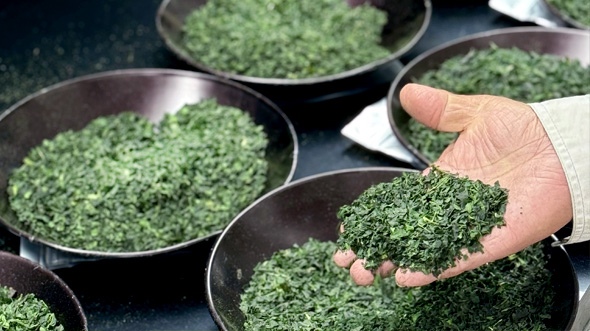Interview with Agnes, our Managing Director
Friday, Jun 6, 2025
The first tea harvest of 2025 is complete, and the spring tea market has officially come to an end. Tea manufacturers are now working day and night to process the most valuable first batches of the season.
But the tea world is bracing for dramatic changes. Prices for the new season are seeing a steep rise - according to our latest update, Marukyu Koyamaen will go up by around 60%, Hekisuien by nearly 150%, and overall, we expect the price of the new stocks to increase at least twofold.
It's a painful shift for everyone, but especially shocking for the Japanese domestic market, where matcha prices have remained stable for decades.
Many of you have questions about what is happening now in the Japanese tea market, so we collected some related questions and Agnes replied to them. Hopefully, this page will help you to understand and accept the changes in matcha prices.


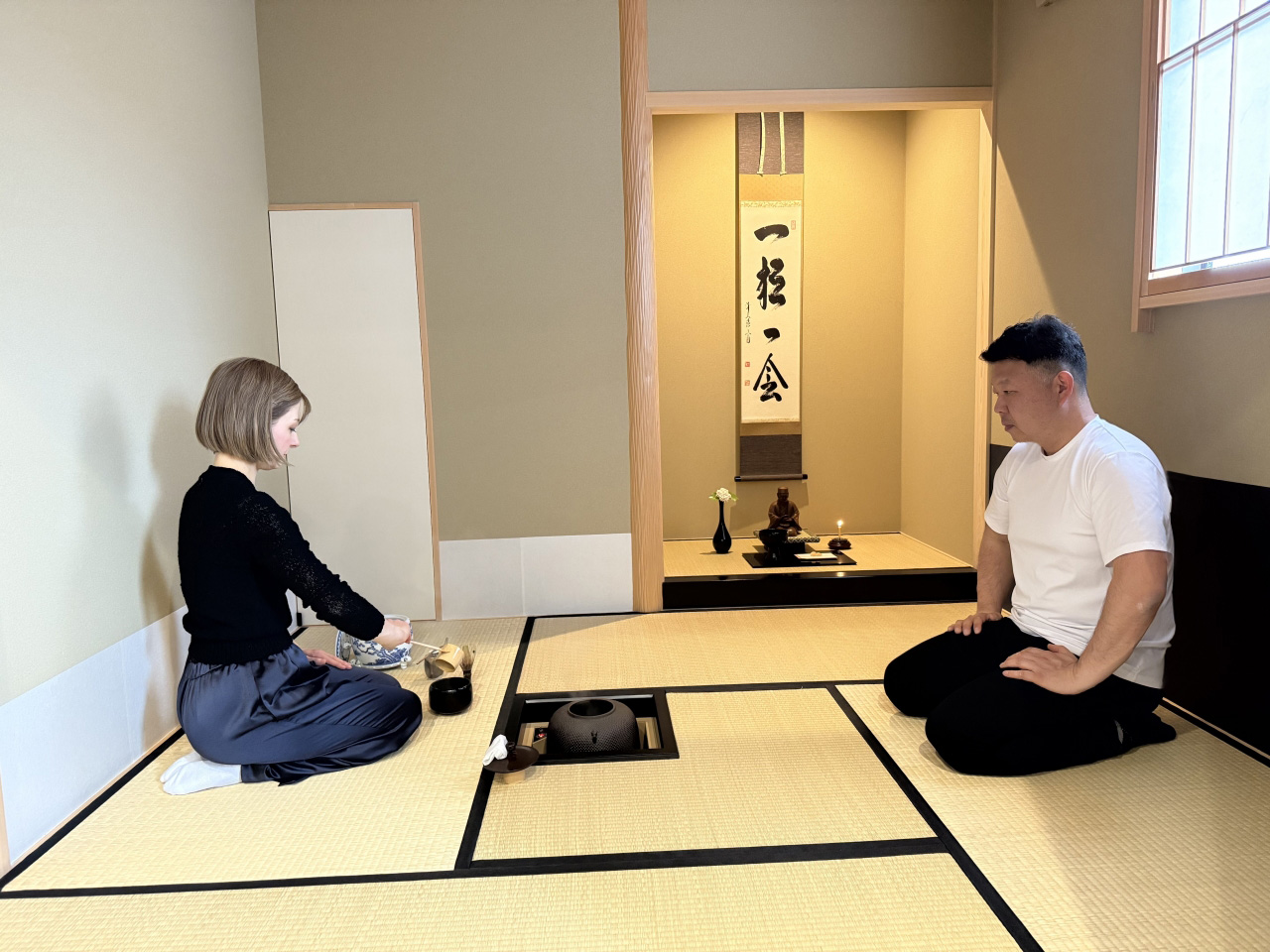
1. Why are the matcha prices increasing?
Because in the 2025 tea auction, the teas were overbid by participants.
The tea auction is for processed single-origin teas, where tea companies bid to buy the goods. In Japan, the tea industry is traditionally made up of 3 main groups of players: the tea producers, the tea manufacturers, and the tea traders. The tea producer is the seller in the tea auction, where the tea manufacturers are the buyers. From the teas bought, the tea manufacturers create their own brand’s blended teas, which the tea traders sell on the domestic or global market. Everyone focuses on their own role and does their best in that role. This year, unfortunately, the tea auction has started with tremendous tension and has in fact escalated into price wars between the tea manufacturers. Due to last season’s high demand, every manufacturer was eager to secure as much raw material as possible. As a result, freshly harvested stock vanished from the auctions almost instantly — and at unprecedented prices.
2. Why is the increase so severe? Isn’t it too much? Why is it so sudden?
Each spring in Japan marks the first tea harvest of the year, which is the most significant of all and produces the basic ingredient of matcha. Here in the Kansai region, this harvest takes place from the end of April till the end of May, depending on the weather conditions of that year. The tea harvest is immediately followed by the processing of the tea, and the tea auction starts simultaneously and continues till mid-June. The prices of the final products depend on the types and quantities of raw tea materials manufacturers are able to secure at auction. Only after assessing their purchases can the tea manufacturers decide on how many of their popular blends they can reproduce - or whether those blends can be offered at all that year.
3. Why is the extent of the increase so different between brands?
On the one hand, each tea company follows its own marketing strategy; some prefer small, frequent price increases - like Marukyu-Koyamaen, while others rarely raise prices, but when they do, they must make drastic changes - like Hekisuien.
However, there is also a noticeable trend - and here I refer back to the tea auction - where large tea companies enter the tea auction with higher capital, while smaller, lesser-known manufacturers operate with more limited budgets. Some are even controlled by sponsors from the background. So, financial and social capital have a significant impact on the quality and quantity of raw materials that tea manufacturers can obtain.
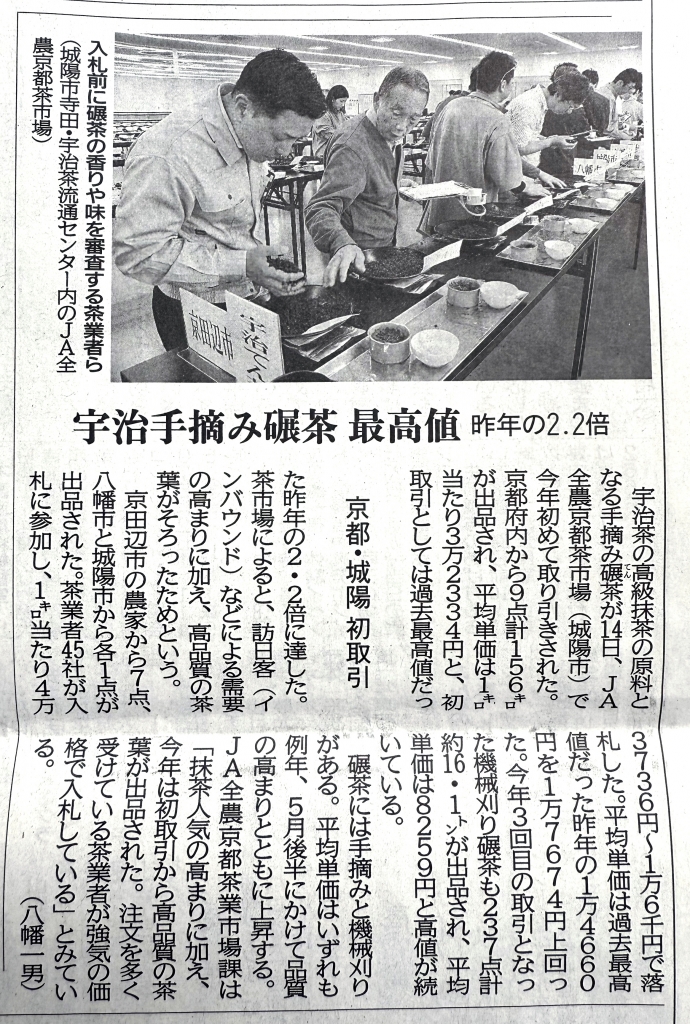
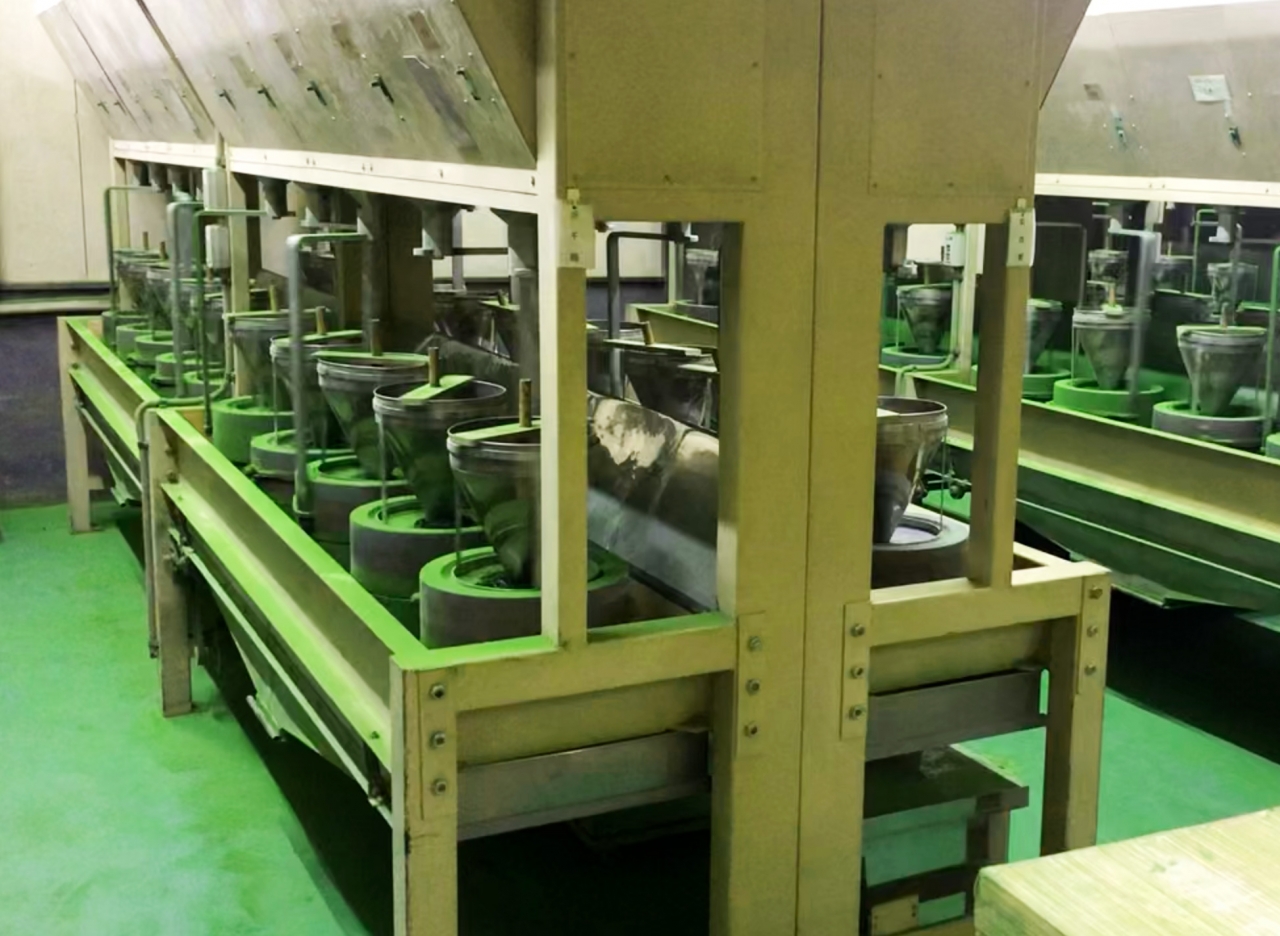
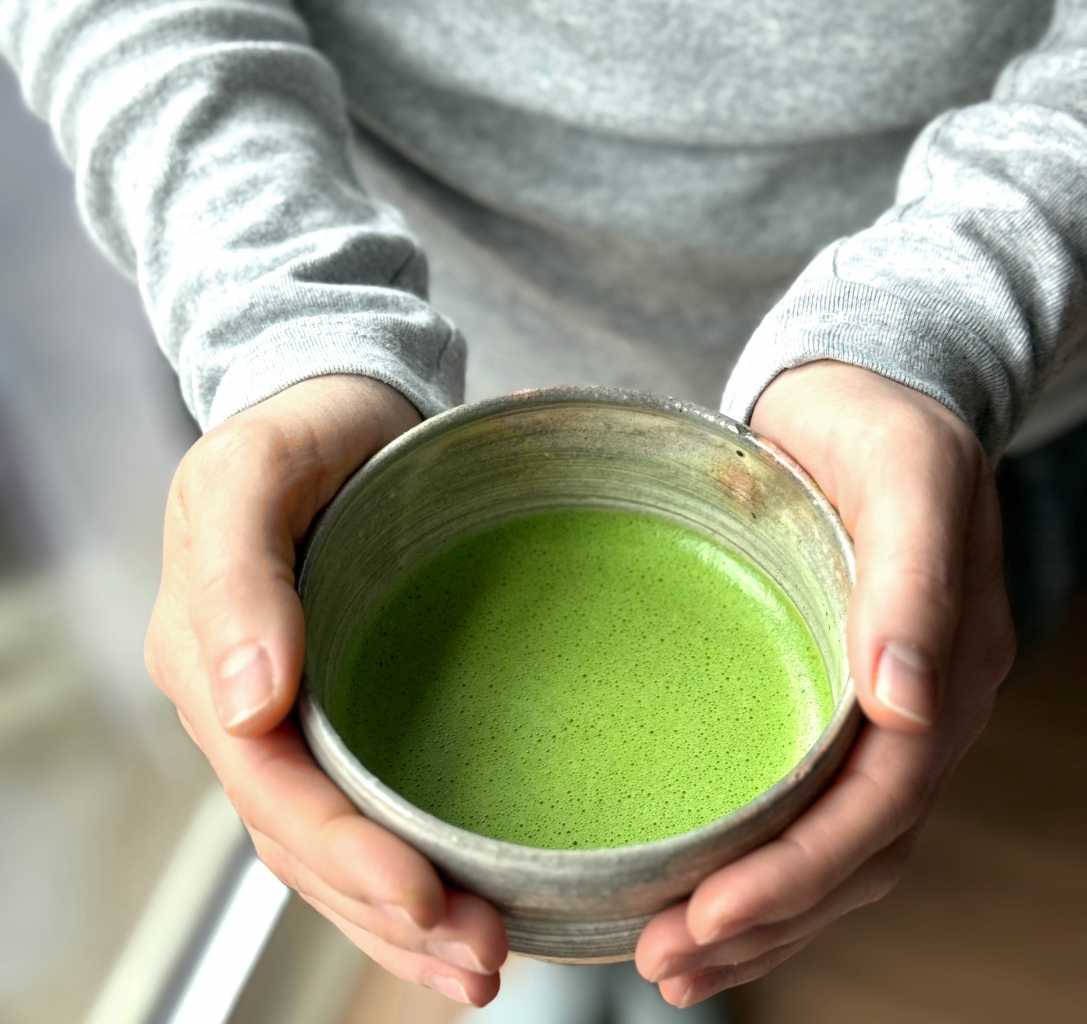
4. Can I find these matcha cheaper somewhere else?
In Japan, there is an official price, which means that no tea trader can sell the product cheaper or more expensive. The price is set by the tea manufacturer, and expect the products to be offered at the same retail price everywhere.
5. Are the increased prices permanent? If I wait, will the prices go back to normal?
Prices are usually revised by the tea manufacturer when the market changes in response to some happening. Basically price increase in Japan is not a trend. This current increase is due to the dramatic events that have taken place at this year’s tea auction, and we are now expected to continue working with these prices.
Regarding the second question, I would say, that in the course of my work, there has been no example of a price decrease.
6. Does this only affect Uji matcha or other matcha areas as well?
Matcha demand has increased in all Japanese tea-producing areas. Not only the Uji production area is affected.
7. Does this affect other tea types as well or only matcha?
All green tea categories are affected, as this business field also operates on a domino effect. With the demand for Japanese matcha being high, all tea producers are trying to increase production in the matcha sector. As the number of tea plantations is given, this means that the tea producers have to take the volume from other tea categories. This year, more tea bushes are being dedicated specifically to matcha production, using raw materials that were previously reserved for gyokuro, kabusecha, or sencha. As a result, those other teas are in shorter supply, leading to higher prices.
8. Are the makers doing something to try to bring the prices back down?
The price is driven by demand. Many people ask why tea producers don't increase their capacity and produce much more so that there is enough for everyone. Unfortunately, it is not that simple, for several reasons: 1) tea is an agricultural product, and the quality and quantity largely depend to a large extent on the weather 2) It takes 5 years for newly planted tea fields to become harvest-ready, even before factoring in the challenge of finding available land. 3) it is a big investment to set up new tea plantations while recruiting workers in rural areas is difficult, and the training period is long. So, in my opinion, there is no chance that Japanese matcha prices will go down in the future. From now on the increased prices should be considered as normal.
9. Why did my favorite matcha blend disappear? Will it come back?
Naturally, the tea companies are doing their best to keep all their popular blends on the market despite the difficult times, but unfortunately, we already have some unconfirmed news that certain types will not be returning to the portfolio. The reason is simple: either the manufacturer couldn’t obtain the necessary raw materials on the auction for the blend's production, or they did, but at a cost higher than that of their premium products. As a result, they can’t offer the blend at a price that fits its intended position in the portfolio, so they choose to exclude it from the lineup. The next opportunity to replace the missing products will be in June next year. So if someone can't find their favorite matcha on our list during the Summer, that unfortunately means there were problems with that blend.
10. Is the price so high only for foreigners? Are the prices different for Japanese customers? If I travel to Japan, can I buy the matcha cheaper?
The price is the same for everyone. In Japan, retail prices are fixed and tightly controlled by manufacturers. Even in Kyoto or Uji shops, matcha costs the same as on our website, regardless of the buyer’s nationality.
11. Can I buy directly from the maker? Is it cheaper if I do so?
Nowadays, most tea manufacturers have an English-language website as well, so you can buy directly from them. It's up to everyone to decide where to buy, but the prices are the same from the manufacturer as they are from us. The advantage of shopping at sazentea.com is that you can buy more matcha brands at the same time, so we have a larger selection, discounted shipping costs and you can earn reward points for a future purchase.
12. Can we expect Sazen Tea to introduce new matcha brands at more affordable prices?
At the moment, there is no possibility of establishing new business relations with the Uji tea companies. There is simply no room for new wholesale partners. In Sazen Tea, we are constantly monitoring the market, the competitors, and the results achieved, in the light of which, unfortunately, there is no possibility for expansion in the ceremonial matcha category. In the culinary matcha category, we have alternative ideas and are working on new business relationships. The newly acquired types will appear in our portfolio soon.
13. When was the last price update before this? Is this normal?
Basically, in the Japanese market, a price increase is an insult to the customers, so all Japanese companies do a lot of research before deciding to raise prices. In recent decades, there have been no significant price increases in the tea industry; the only exception I recall is Marukyu Koyamaen, which raised their matcha prices 2 or 3 times. No other partner has done so during the time we’ve been operating.
I think the increase should be considered normal, because the world economy is constantly changing, and Japan has to keep up with it. Matcha as a product has gained worldwide recognition and has been a success internationally, resulting in high demand and updated prices.
14. After this increase, will prices stay the same for a long time? Can we expect more increases?
I can only share my personal opinion on this matter, which is that I don’t expect any further price increases in the near future. However, I should add that the outcome of the competitive-grade tea auction won’t be clear until September, so there could still be some surprises. Aside from competitive teas, though, I believe the prices set now will hold until the next harvest.
15. If ceremonial grade matcha is so expensive, will matcha manufacturers focus more on culinary grade?
The Uji region specializes in ceremonial matcha, so expansion in the culinary direction is certainly not expected there. Kyushu, Shizuoka, and Mie prefectures are certainly trying to create more culinary varieties, but it's not really possible to go down in quality, because then the product can no longer be called matcha, it will just be plain green tea powder.
16. Does the quality of the matcha become better as the price goes up?
Hmmm. According to rumors here in Kansai, the quality of this year's harvest was very good. It could result in a very fine stock, which might even encourage tea manufacturers to try creating new blends. But that's a slightly different topic.
The taste of established blends will be the same as last year, as this is the standard and this is what all tea manufacturers strive for. So even after the price increase, a given matcha will remain in the same place in the manufacturer's portfolio and its level will not change.
17. Could this have been prevented? Did the manufacturers try to do something to stop the price increase?
Unfortunately, pricing is not up to the tea manufacturers, but to market demand. One way to protect against another price update would be to keep the fact that Uji matcha is delicious and healthy a secret and not let anyone trade it. This is obviously stupid since we live in a globalized world.
18. Where does all the money go? Will the manufacturers reinvest the “extra money” and make more matcha?
I am sure that the "extra money" will go to the right place, and everyone will use it to improve themselves and provide a better service. The Japanese tea producers and manufacturers have suffered a lot, they deserve to finally be appreciated for their work.
Allow me a little sentimentality: when we started our business, our whole mission was to save struggling producers and manufacturers from extinction. We have worked hard to support talented and renowned companies with multi-generational legacies, helping them win the affection of an international audience. To sell as much matcha as possible. We provided an alternative when COVID froze the local market. And now, there's a 180-degree change. We need to think about what restrictions we should implement on our website to ensure that our matcha product lasts until the end of the year and is available to all interested visitors. One eye weeps, and the other laughs. I cry because the stocks of these wonderful flavors are not sufficient for everyone, and I laugh because now we no longer hear the manufacturers complaining of boredom.
19. Can the manufacturers guarantee that there will be more quantity with the prices so high?
No one can guarantee anything. There are efforts by manufacturing partners to increase their volumes, but the level of demand will determine the year. With this question, you're probably thinking that maybe fewer people will buy matcha because the price has increased, and then there will be more left for sale on the market. In my experience, price doesn’t deter the end consumer; someone who wants a cup of matcha isn’t likely to give it up over a “slight” increase in price per gram. However, it’s possible that importing wholesalers might reduce their orders due to higher costs. Still, I doubt there will be any Uji matcha left unsold.
20. When did you find out about the increase? Could you have told us sooner?
Of course, as business participants, we suspected that this might happen, but we only received a concrete request and notification of the price increase yesterday for the first time. At the moment, we are still waiting for details and a list of what prices, what inventory, and what start date to set.
With this interview, we are trying to provide accurate and thorough information as soon as possible.
21. Why can’t I buy more quantity if I am willing to pay the price?
Unfortunately, shopping restrictions are necessary even with higher prices. Although Sazen Tea Customers are mostly conscious consumers, we have had experiences of speculators with bad behavior, who defy commercial ethics and play on product hoarding and product abuse.
22. If I buy for personal use, can you give me a larger quantity?
Purchase restrictions are decided by the manufacturer and apply to everyone. You can place an order for products using the options on our website.
23. When can I buy Matcha Aoarashi again?
We will receive our new saleable stock sometime in July, so Aoarashi will be available again, albeit with order restrictions (one item per cart).
Do you have an unanswered question about the matcha prices?
Message us and Agnes will reply.

 Next >>
Next >>
